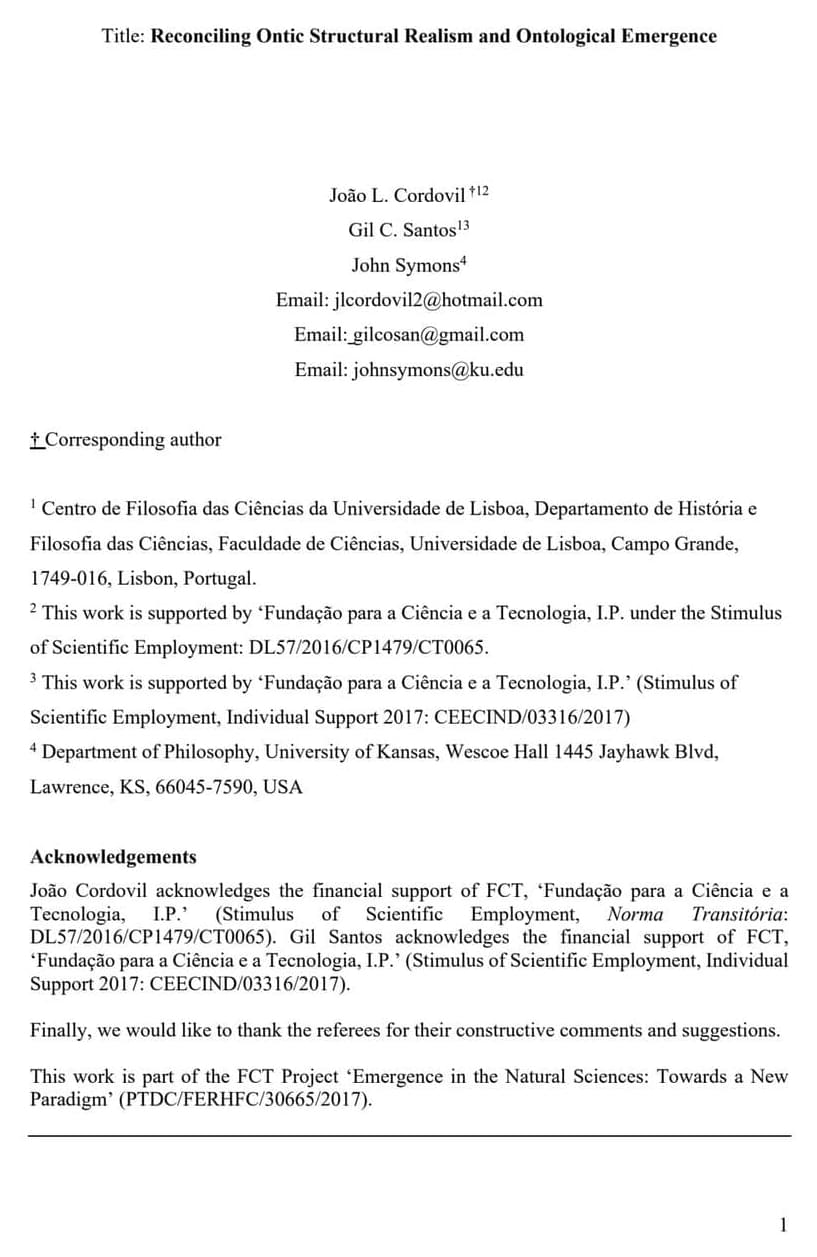Scientists at the Ineos Oxford Institute (IOI) have found a new potential combination therapy to combat antimicrobial resistance (AMR) by targeting two key bacterial enzymes involved in resistance.
Get the latest international news and world events from around the world.

“We lost everything”: East Texas residents confront their future after flooding
Jones’ family home sat to the south of Lake Livingston, in the river bottoms of Coldspring, the San Jacinto County seat. It was overtaken by water shortly after the family left and Jones found safe harbor for their animals, his neighbors told him.
Much of the county was still underwater Friday as crews pulled stranded residents from their homes and roadways.
His family sat among dozens of evacuees who rested on cots and sat around plastic folding tables in Dunbar Gym, a makeshift shelter in an old school building. Many were elderly or infirm, few spoke English or were comfortable telling their stories.


Visual Language Models on NVIDIA Hardware with VILA
Visual language models have evolved significantly recently. However, the existing technology typically only supports one single image. They cannot reason among multiple images, support in context learning or understand videos. Also, they don’t optimize for inference speed.
We developed VILA, a visual language model with a holistic pretraining, instruction tuning, and deployment pipeline that helps our NVIDIA clients succeed in their multi-modal products. VILA achieves SOTA performance both on image QA benchmarks and video QA benchmarks, having strong multi-image reasoning capabilities and in-context learning capabilities. It is also optimized for speed.
It uses 1 ⁄ 4 of the tokens compared to other VLMs and is quantized with 4-bit AWQ without losing accuracy. VILA has multiple sizes ranging from 40B, which can support the highest performance, to 3.5B, which can be deployed on edge devices such as NVIDIA Jetson Orin.

New memory demoed running at 600 degrees Celsius for 60 hours
A new type of memory has been demonstrated running at an astounding 600C for over 60 hours. Non-volatile ferroelectric diode (ferrodiode) memory devices can offer outstanding heat resistance and other properties that should enable cutting-edge data and extreme environment computing, claim researchers from the University of Pennsylvania in a Nature Electronics article, A scalable ferroelectronic non-volatile memory operating at 600°C.
Ferrodiode memory devices use a 45-nanometer thin layer of a synthesized AIScN (l0.68Sc0.32N) because of its ability to retain electrical states “after an external electric field is removed,” among “other desirable properties.” Ferrodiode memory has been tested running at 600 degrees Celsius for more than 60 hours while operating at less than 15 volts.


From Theory to Therapy: MIT’s Computational Breakthrough in Protein Optimization
MIT researchers have developed a computational approach that makes it easier to predict mutations that will lead to optimized proteins, based on a relatively small amount of data. Credit: MIT News; iStock.
MIT researchers plan to search for proteins that could be used to measure electrical activity in the brain.
To engineer proteins with useful functions, researchers usually begin with a natural protein that has a desirable function, such as emitting fluorescent light, and put it through many rounds of random mutation that eventually generate an optimized version of the protein.


Revolutionizing Industries: Graphene’s Nanoscale Innovation
Center for natural and artificial intelligence.